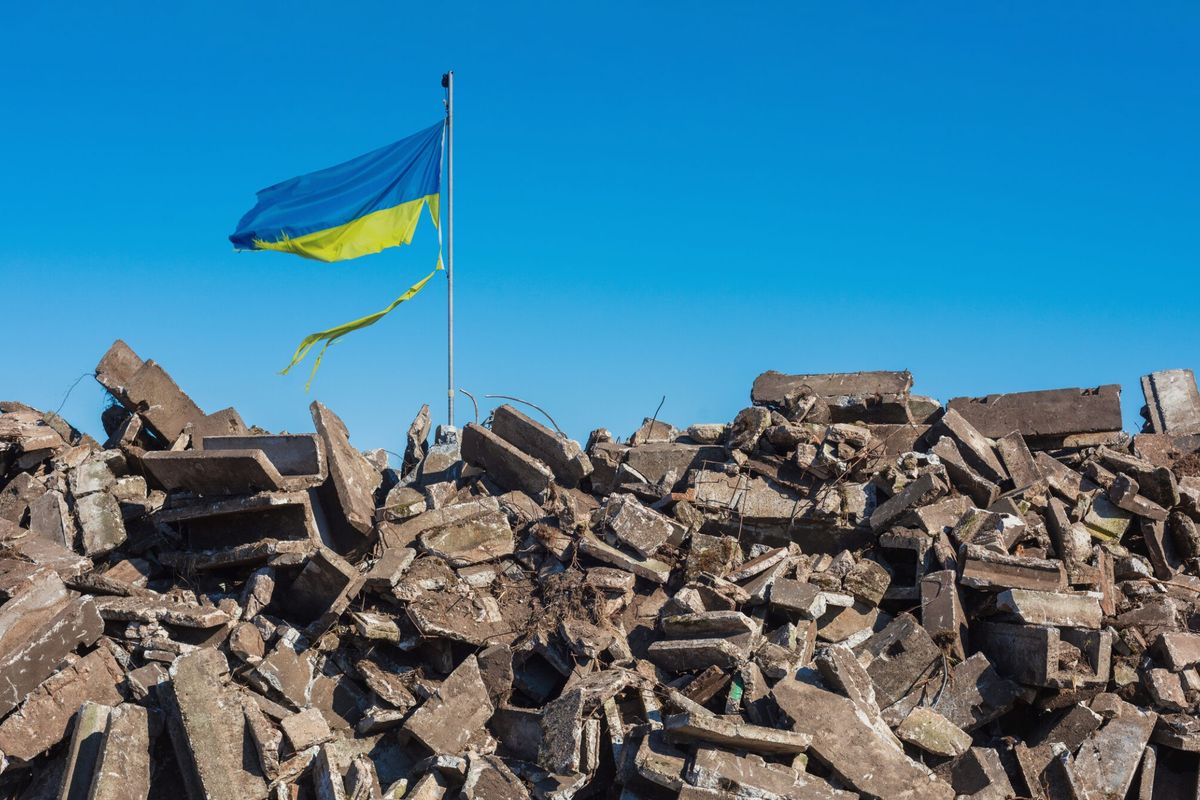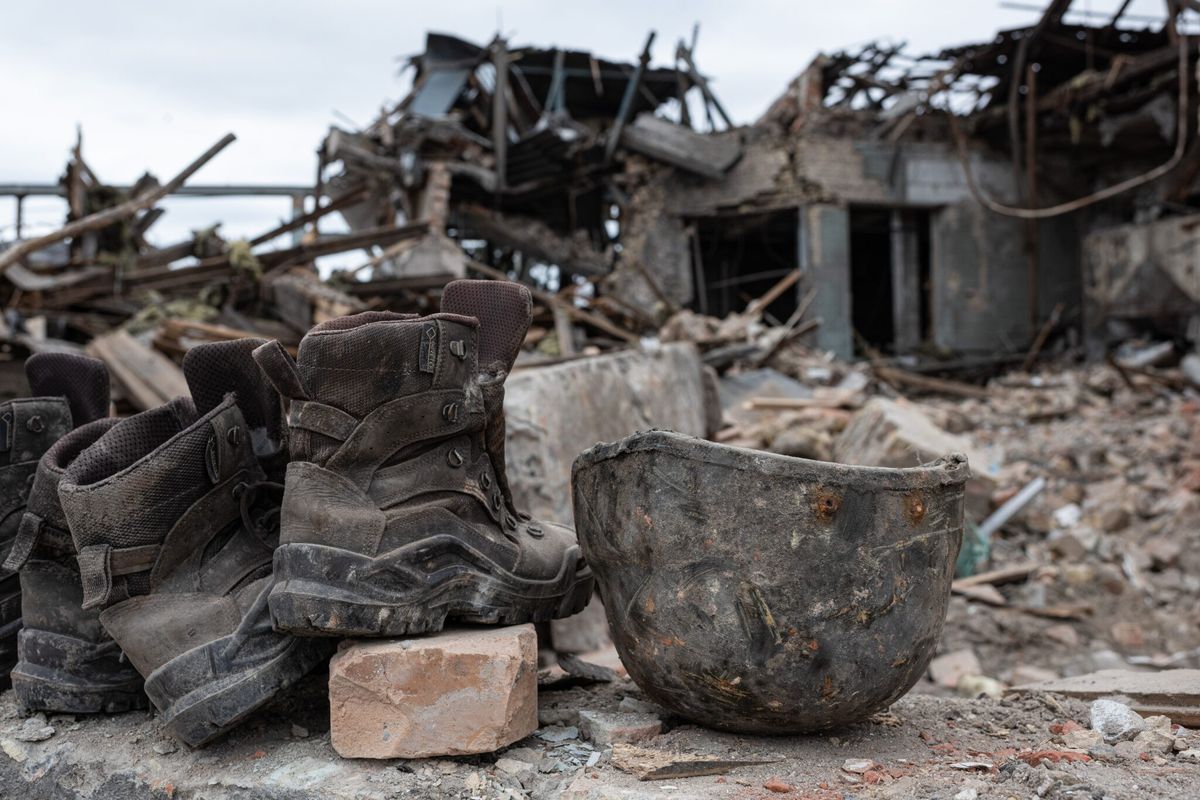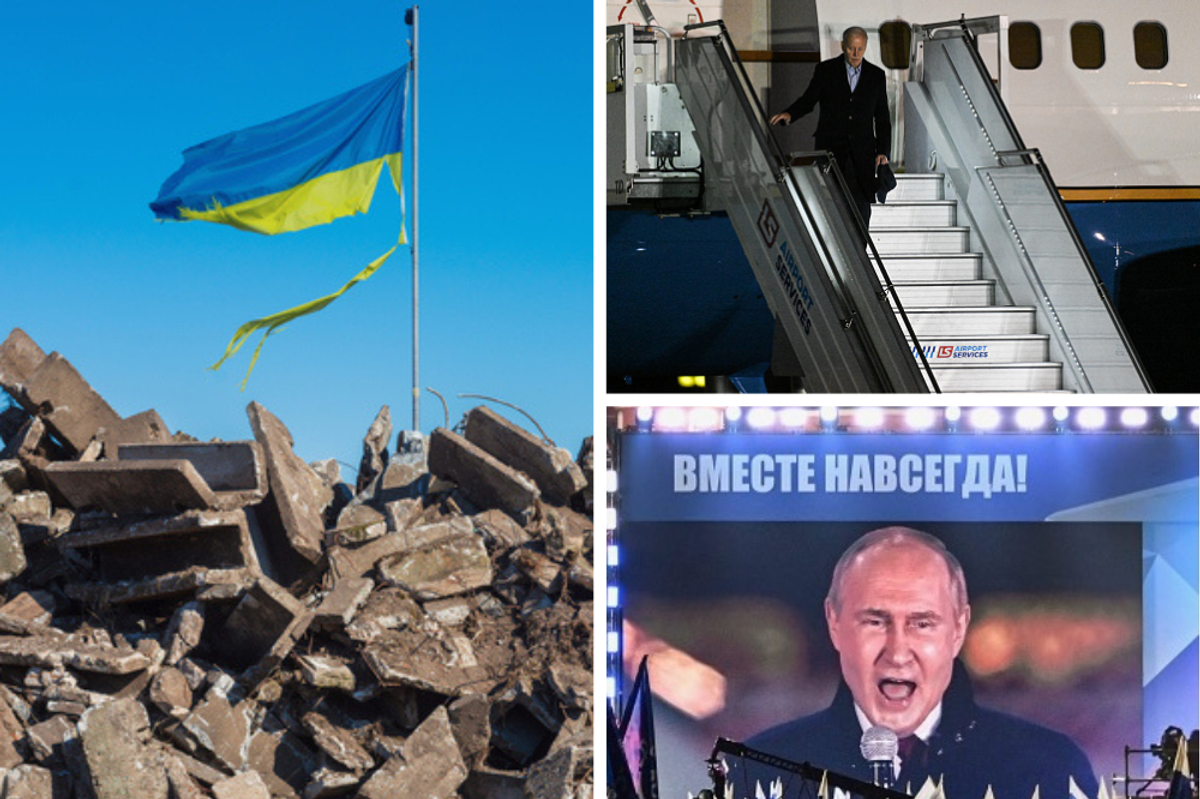The Cipher Brief’s Bennett Seftel sat down with Charlie Allen, former Under Secretary for Security and Analysis at the U.S. Department of Homeland Security, to discuss the continued threat that individuals who become radicalized pose to U.S. security. According to Allen, several factors drive people toward jihadist ideology including a sense of alienation in society and the allure of the jihadist narrative itself.
The Cipher Brief: You were the first U.S. official to publicly identify leading al Qaeda cleric and propagandist Anwar al-Awlaki as a threat to U.S. national security. What about him particularly caught your eye?
Charlie Allen: Anwar al-Awlaki was a U.S. citizen born of Yemeni parents. He was a dual national, born in New Mexico, but he also spent a lot of time in Yemen and spoke Arabic fluently because of his parents. Over time, he became increasingly militant in the way he operated. He assisted two of the 19 hijackers in Los Angeles back in 2001, and he also had a natural charisma about him.
What focused my mind on al-Awlaki was the fact that we had seen reporting on him for some time as a charismatic imam who could inspire people as he was very adroit with online activity. But he also began to think of himself as an operator. He moved from simply propaganda and trying to inspire people to become radical in their views of Islam, what I view as “political Islamism,” to helping to facilitate attacks.
I recall spending some time in Canada and speaking to Canadian officials. I was surprised because I knew he had a large following in the U.S., but he also seemed to have a large following around Toronto.
I had the opportunity to give a speech in October 2008 to the National Geospatial Foundation’s Conference in Nashville Tennessee, and I asked my staff when preparing my speech to include two or three paragraphs about Anwar al-Awlaki. My view was that he was an extremist capable of not only encouraging violent extremist activities but engaging in them himself - helping bless people who were going off to commit violence and helping to plot attacks. I did cite him in that speech, but it didn’t get any attention at the time even though there were 4,500 people and members of the press in attendance. No one detected anything new. But when al-Awlaki died in September 2011, I suddenly started receiving calls from the press.
Al-Awlaki did have a large following, primarily among young people. His videos, ability to preach, ability to talk about the future, belief in Sharia law, and belief in all the aspects of Islamic extremism where religion and state would be the same resonated well in this country, and also resonated in Europe and in Canada.
He died along with Samir Khan, who was the editor-in-chief of the online electronic web journal called Inspire. That was basically the background.
TCB: Something we are very interested in is the radicalization process that individuals in the U.S. drawn to al Qaeda or ISIS go through. Can you describe why al-Awlaki had such a large following and some of the ways radicalization occurs?
CA: There is no one single path towards radicalization. Al-Awlaki was very well received by the audience he was addressing. Some of his followers were in their teens, others in their twenties. It doesn’t mean that the older people did not look at it his messages as well, but the younger folks were more willing to become followers and activists.
They came from all walks of life. As we know, a number of the original 19 hijackers that perpetrated the murders on 9/11 were educated. His messages appealed to various people who had trouble integrating or assimilating into America, European, or Canadian society. He had a great message that resonated very well.
Al-Awlaki talked about a very romantic view of what the jihad was and what a future Islamist state would look like. The lifestyle that he portrayed became very attractive for those alienated. We found that, for example, with the Somalis who came here, particularly in the early 1990s after the civil war in Somalia, many of the first generation did not assimilate well into American society, which is unusual because I believe that this country is very agile, flexible, tolerant, and willing to adjust and assimilate. But as I recall, back in 2007-2008, we found a lot of Somali-Americans going off to fight with al Shabaab in Somalia.
There are various stages of radicalization. There are people that are easily moved by the message because it gives them some objective or goal in life. Others come about this in a gradual manner. Some are educated, some are not. Some have been top students and suddenly they switch. But usually it’s a person who has not assimilated well. We found that a number of the people who were attracted to al-Awlaki and al Qaeda were people who had engaged in petty crime or theft. They had a record of misdemeanors or felonies that were usually minor as felonies go.
But they also began to look at this lifestyle that was portrayed by al-Awlaki as a duty of all Muslims to join in this jihad. If you’ve ever watched his videos, you can see how they can attract young minds that are not comfortable within American, Canadian, or Western European societies. They did not understand that we wanted liberal, democratic values here in our society and the understanding of what that really means. This became ideological because what al-Awlaki represented was violent ideological Islamic extremism. That’s what he wanted to be done and he gave blessings to people who tried to commit violence against the U.S., including to Umar Farouk Abdulmutallab, the “Christmas Day Bomber” who tried to blow up the Delta Airline.
We know that U.S. Army Major Nidal Hasan, who committed the act of violence against 13 Americans at Fort Hood in November 2009 – he killed 12 soldiers and one civilian, was uncomfortable with his role in American society and he was uncomfortable with his role as a member of the U.S. military. He was inspired by al-Awlaki’s sermons and confused in his views about the U.S. and its role in activities in the Middle East. It later came out that the shooting was a deeply inspired act of terrorism.
These are some the issues that surround this whole subject of radicalization. It’s complex and it changes. We have not, in my view, been effective in counter-messaging. We did not develop a domestic strategy during the George W. Bush Administration or the Obama Administration. One positive is that we did set up the Center for Global Engagement at the U.S. State Department, which was an expanded effort under President Barack Obama, which I thought was the right way to go.
But now we have another administration that is still struggling with this idea. In the final analysis, we must find ways to counter the extremist messaging that still goes on around the clock. Radicalization continues to be a major problem and the diaspora will become an even larger problem as Raqqa and Mosul fall.
TCB: How does this process compare, in your mind, to the techniques used by supremacist and other extremist groups?
CA: We have to deal with all groups who are planning and have the potential to commit acts of violence. The FBI has a very good handle on some right-wing groups that practice this. At the same time, however, we need to strike a balance. At this stage, although white supremacists commit hateful and heinous acts, I believe that we will continue to primarily focus on combatting violent, ideological Islamic extremism.
TCB: What are some of the most and least effective response policies taken by the national security establishment when aiming to combat this threat?
CA: The FBI under both Director Robert Mueller and now Director James Comey, with their field stations and intelligence directorate working with the rest of the Intelligence Community, has been able to thwart a great deal of terrorist plots in this country. Overall, the FBI has done well in working to thwart these plots through a variety of means such as sting operations, false flags, etc. At the same time, however, we did have the Boston Marathon Bombing, the San Bernardino shooting, and the terrible murders at the nightclub in Orlando.
The FBI is also working with state and local law enforcement across all 50 states on the issue of radicalization. At the local level, many police departments work on counter-messaging and counter-radicalization.
But we have not yet developed an effective counter-messaging strategy in our federal system. The federal government must detect and thwart violence against the U.S., and we need to corral the whole government against this ideology. Ultimately, however, I believe that the answer will not be found in the federal government but will be found at the local and community levels.
We are going to continue to suffer from this, and this administration, like the last two, needs to deal with this in a more detailed way. It’s not going to come simply. We have to deal with ISIS, al Qaeda, and their affiliates. We also need to be more vigorous at the local community level. It doesn’t take many to create headlines and 24/7 news coverage for days on end.
We are not as well positioned as we should be, although we are immensely better than we were a few years ago in combatting extremism in this country. It will continue, but I think it will be limited. Our intelligence is a lot better off; our screening of those coming into the country is good. We will not be perfect in stopping every attack, but overall we are a lot better off.













